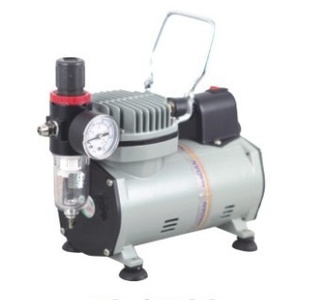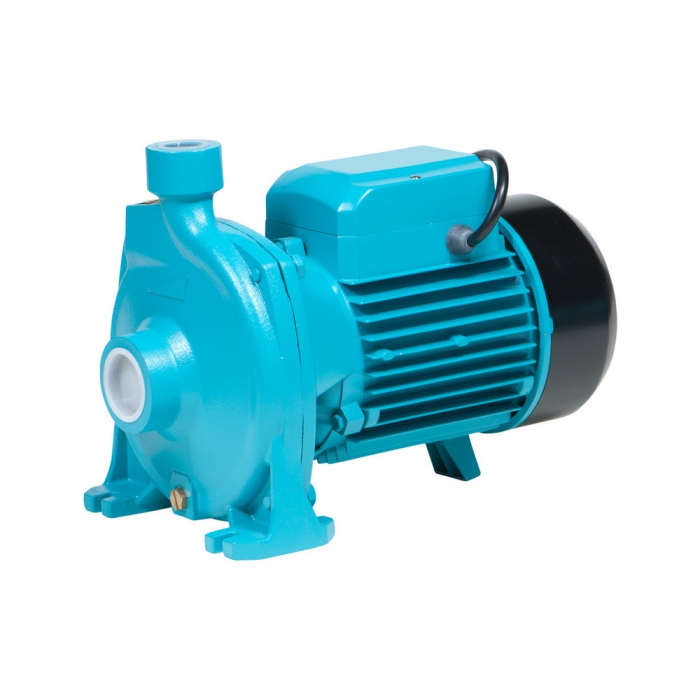In addition, the use of high nickel plating iron coating material, once the occurrence of small cracks will lead to rapid electrochemical corrosion of the material. So, as long as the special design can reliably control the temperature of the equipment to maintain the corrosive medium in the gas phase state, there is no ion form is there no corrosion
With its own advanced cooling system, the pump can adjust the temperature of the pump chamber and rotor, so that there are no ions in the pump chamber, and all of them are gasified, thus avoiding corrosion. Therefore, the screw dry vacuum pump rotor uses stainless steel without any coating, which reduces the cost and increases the safety performance.

Dry screw vacuum pump, which uses a pair of screw, in the pump shell as a synchronous high-speed reverse rotation of the suction and exhaust effect of the suction equipment. Its advantages make up for the shortcomings of oil-sealed vacuum pump, which we all call the upgraded version of oil-sealed vacuum pump. But the cost of dry vacuum pump is also its shortcomings.
The addition of coolant must be carried out when the temperature of the pump reaches normal temperature after shutdown. The mixed coolant is injected into the pump through the filling pipe until the coolant overflows from the outlet of the heat exchanger, and then the appropriate sealant is applied on the thread of the discharge plug to re-fix the discharge plug. The mixed coolant is injected into the pump through the filling pipe until the coolant level is about 25 mm from the bottom of the filler neck. Re-cover the coolant filler cover, press down and rotate the cover clockwise to fix it on the pump.

Before using the pump, check the oil level of the gearbox to find the position of the two oil level eyeglasses on the pump. The oil level must be between the MIN and MAX markers on the base of the two oil level visual mirrors.
In fact, the daily maintenance of dry vacuum pumps is mainly reflected in the addition of coolant and lubricant, hoping to help the maintenance of users.


 中文
中文 English
English


